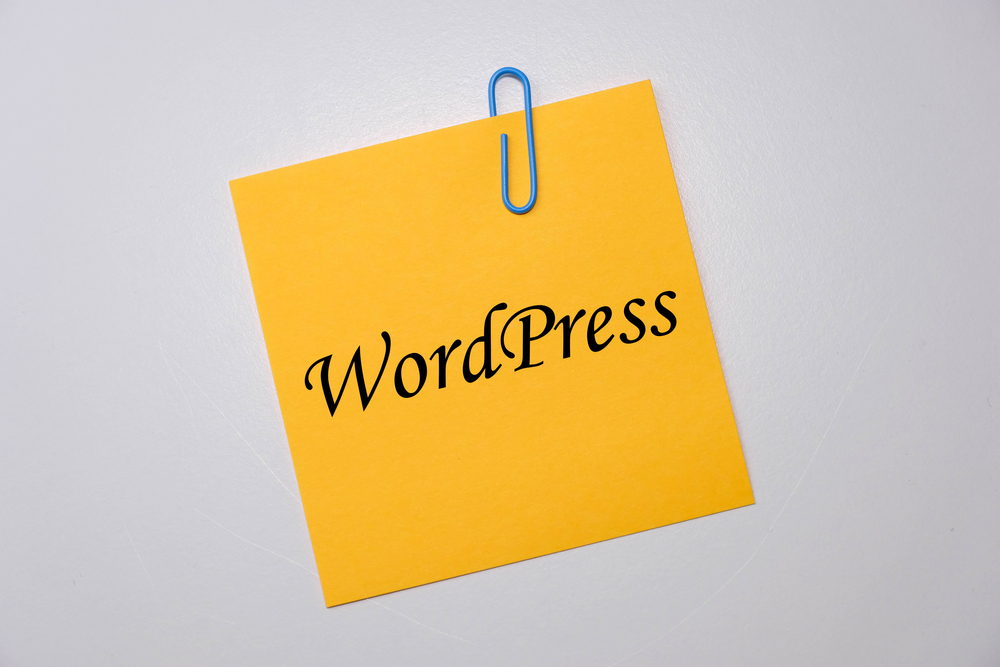
Mastering WordPress Website Customization: Expert Tips and Maintenance Tricks

WordPress has emerged as one of the most popular content management systems (CMS) for building websites. Its user-friendly interface and extensive customization options have empowered millions of individuals and businesses to create stunning, functional websites. However, to truly harness the power of WordPress, you need to master website customization. In this article, we will explore expert tips and maintenance tricks that will take your WordPress (the platform for bloggers) website to the next level.
1. Choose the Right ThemeA theme determines the overall look and feel of your website, so it's crucial to choose wisely. While there are plenty of free themes available, investing in a premium one can offer a higher level of customization and support. Look for a theme that aligns with your website's purpose and offers a responsive design compatible with mobile devices. With thousands of WordPress (or WP) themes available, take your time to find the perfect fit for your website.
2. Customize Your Theme
Once you've selected a theme, it's time to start customizing it. WordPress provides various customization options, including changing the header, footer, color scheme, and layout. To access these options, navigate to the Appearance menu in your WordPress (WP) dashboard and explore the customization settings. Play around with different options until you achieve the desired look and feel for your website.
3. Install Essential Plugins
WordPress plugins are powerful tools that can enhance the functionality of your website. Whether you want to optimize your website for search engines, improve security, or add social media sharing buttons, there's likely a plugin available for it. However, be cautious not to overload your website with too many plugins, as they can impact its performance. Choose the plugins carefully, keeping only the ones that are essential for your website.
4. Optimize Your Website for SEO
Search engine optimization (SEO) is crucial for driving organic traffic to your website. WordPress (the blogging platform) offers numerous plugins, such as Yoast SEO, that can help you optimize your website for search engines. Take advantage of these plugins to ensure your content is properly indexed and ranks well in search engine results. Additionally, focus on creating valuable, keyword-rich content that aligns with your target audience's search intent.
5. Keep Your WordPress Website Secure
WordPress is a popular platform, which makes it an attractive target for hackers. To keep your website secure, follow these essential security measures:- Keep your WordPress core, theme, and plugins up to date.
- Use strong, unique passwords for all user accounts.
- Limit login attempts and enable two-factor authentication.
- Install a reliable security plugin to monitor and protect your website.
6. Regularly Backup Your Website
Regular backups are essential to safeguard your website's data in case something goes wrong. WordPress offers plugins like UpdraftPlus that automate the backup process. Configure the plugin to schedule regular backups of your website and store the backups in a secure location, such as cloud storage or an external drive. Remember to periodically check your backups to ensure they are functioning properly.
7. Optimize Website Performance
Website speed is crucial for user experience and search engine rankings. WordPress websites can be optimized for performance by implementing a few best practices:- Minimize the use of heavy plugins that can slow down your website.
- Optimize images by compressing them without compromising quality.
- Enable caching to store static versions of your website and reduce server load.
- Use a content delivery network (CDN) to distribute your website's files across servers worldwide, ensuring faster loading times.
8. Make Your Website Mobile-Friendly
In today's mobile-driven world, having a mobile-friendly website is non-negotiable. WordPress provides responsive themes that automatically adapt to different screen sizes. However, performing regular checks on different devices is essential to ensure a smooth user experience. Test your website on smartphones and tablets to identify any responsiveness issues and make necessary adjustments.
Frequently Asked Questions
Q1. How do I install WordPress?A1. Installing WordPress is a simple process. Most web hosting companies offer one-click WordPress installation. Alternatively, you can manually install WordPress by downloading the software from the official website and following the installation instructions.
Q2. Can I customize my WordPress website without coding skills?
A2. Absolutely! WordPress's user-friendly interface and extensive customization options make it possible to create a customized website without coding expertise. Themes, plugins, and the WordPress Customizer allow you to personalize your website to reflect your brand's identity.
Q3. How often should I update my WordPress website?
A3. Regular updates are crucial for maintaining the security and functionality of your WordPress website. Update your WordPress core, themes, and plugins as soon as new versions are released. Set up automatic updates whenever possible to ensure you don't miss any essential updates.
Q4. Can I change my WordPress theme after building my website?
A4. Yes, you can change your WordPress theme even after building your website. However, switching themes may affect your website's appearance and functionality. Ensure that the new theme is compatible with your existing content and make necessary adjustments to maintain consistency.
Q5. How can I improve my WordPress website's loading speed?
A5. To improve your website's loading speed, minimize the use of heavy plugins, optimize images, enable caching, and use a content delivery network (CDN). Additionally, choose a reliable web hosting provider that offers high-performance servers.
In conclusion, mastering WordPress website customization requires careful selection of themes, strategic use of plugins, optimization for SEO and performance, and consistent security and maintenance efforts. By implementing these expert tips and tricks, you can create a highly customized WordPress website that attracts visitors and delivers a seamless user experience.
Other useful resources
- https://en.wikipedia.org/wiki/WordPress
- https://www.wordpress24plus.com/services/wordpress-developer/